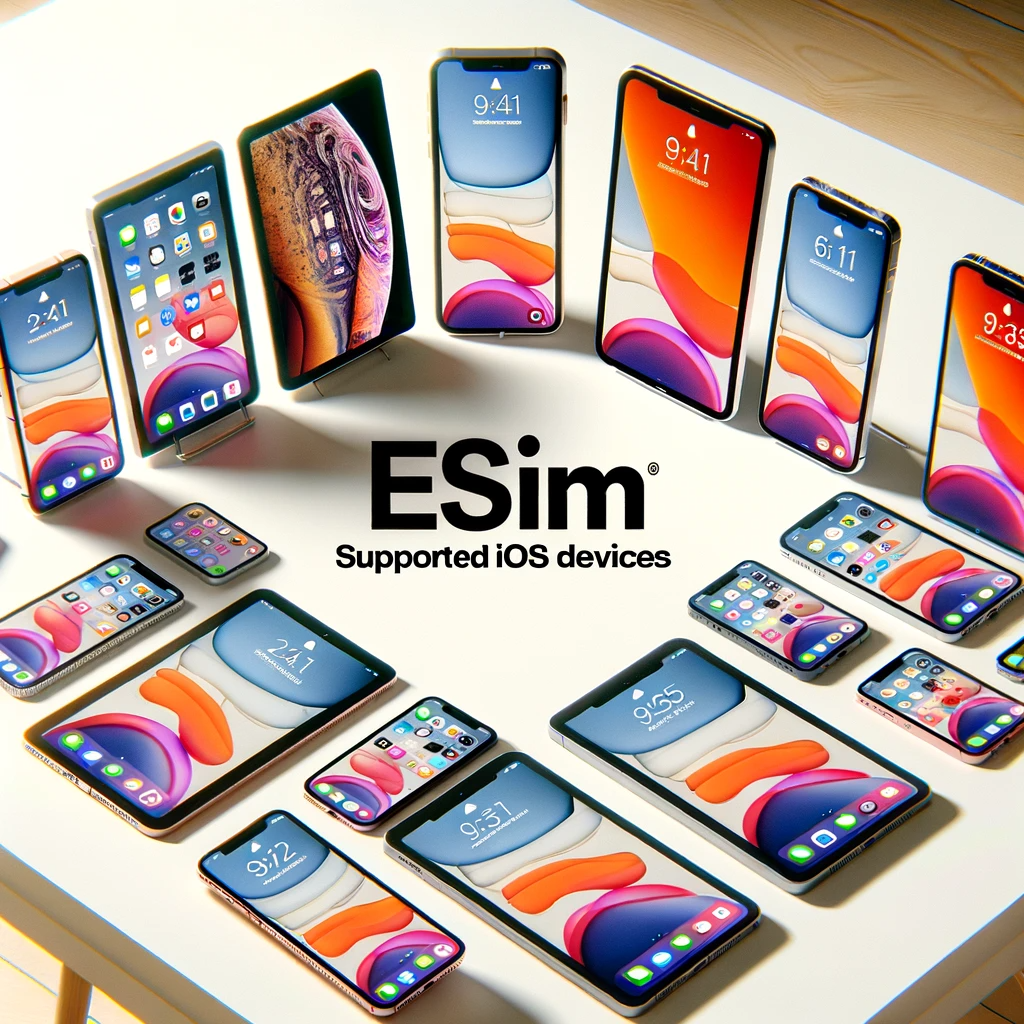
- Need to Know
- News

In recent years, the advent of eSIM technology has revolutionized the way we utilize our smartphones, providing a modern alternative to traditional physical SIM cards. The electronic SIM, or eSIM, is a virtual SIM card that allows users to activate a cellular plan without having to insert a physical SIM card into their phones. This technology is particularly advantageous for frequent travelers and business professionals, as it allows for seamless carrier switching and the management of multiple phone numbers on a single device.
Apple, being a trendsetter in the smartphone industry, has embraced eSIM technology across many of its iPhone models, thereby providing its user base with the flexibility and convenience that comes with this innovative feature. Here’s a comprehensive list of iPhone models that support eSIM technology:
Notably, the iPhone XS, XS Max, and XR were among the first models to introduce eSIM technology, marking a significant step towards a new era of connectivity. The subsequent models have continued to support eSIM, further solidifying Apple’s commitment to providing modern connectivity solutions to its users.
The process of setting up an eSIM is straightforward—users can easily scan a QR code provided by their carrier or enter the details manually in the settings of their iPhone. The settings menu also provides the option to manage the eSIM settings, allowing users to switch between different cellular plans with ease.
The adoption of eSIM technology not only signifies a move towards a more convenient and flexible mobile connectivity solution but also aligns with the growing trend of digitalization in the modern era. With the continuous support for eSIM across its models, Apple undoubtedly plays a pivotal role in driving this technology forward, offering a glimpse into the future of mobile connectivity.
The ongoing support for eSIM technology across various iPhone models underscores Apple’s aim to enhance user experience by leveraging modern technology. It also mirrors the broader industry shift towards more adaptable and user-friendly mobile connectivity solutions, setting a precedent for other smartphone manufacturers to follow suit.
| Cookie | Duration | Description |
|---|---|---|
| cookielawinfo-checkbox-analytics | 11 months | This cookie is set by GDPR Cookie Consent plugin. The cookie is used to store the user consent for the cookies in the category "Analytics". |
| cookielawinfo-checkbox-functional | 11 months | The cookie is set by GDPR cookie consent to record the user consent for the cookies in the category "Functional". |
| cookielawinfo-checkbox-necessary | 11 months | This cookie is set by GDPR Cookie Consent plugin. The cookies is used to store the user consent for the cookies in the category "Necessary". |
| cookielawinfo-checkbox-others | 11 months | This cookie is set by GDPR Cookie Consent plugin. The cookie is used to store the user consent for the cookies in the category "Other. |
| cookielawinfo-checkbox-performance | 11 months | This cookie is set by GDPR Cookie Consent plugin. The cookie is used to store the user consent for the cookies in the category "Performance". |
| viewed_cookie_policy | 11 months | The cookie is set by the GDPR Cookie Consent plugin and is used to store whether or not user has consented to the use of cookies. It does not store any personal data. |